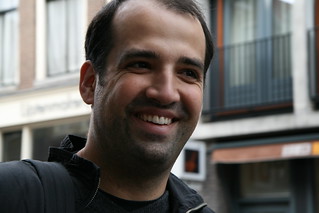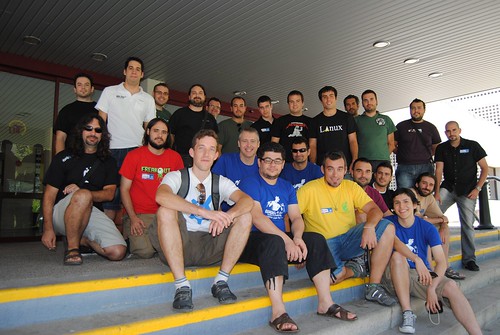
After my last post I got curious about booting the Macbook in EFI mode. Because, well, why not? So I googled for a while and found
this blog post which served as a great reference and comment on two other.
I understand EFI is somewhat buggy and what works for me might not work for you. So be careful, have a rescue disk at hand. On that topic, I should say that I could not get this to work with Debian sid s 3.2 kernel, but 3.5 from experimental worked fine for me.
 Hopefully, you after booting EFI succesfully.
My main question before doing this was What works? , I had heard some weird rumours and mentions that you had to run X in framebuffer mode and weird stuff like that. This is bullshit. Everything works fine, with the same standard software and setup.
Features:
Hopefully, you after booting EFI succesfully.
My main question before doing this was What works? , I had heard some weird rumours and mentions that you had to run X in framebuffer mode and weird stuff like that. This is bullshit. Everything works fine, with the same standard software and setup.
Features:
- GNOME Shell, hence acceleration, works
- All drivers work: wireless, bluetooth, etc.
- No need to force AHCI mode on the disk controller
- No graphic flicker during the boot process
- A feeling of catching up with the times
So, here we go. I am posting my notes in shell-like since I find little benefit in turning them into an essay or something more textual. Good luck!
# Install grub-efi-$arch.
# Usually $arch depends on your processor.
# Best bet: you can use OSX to check for this:
#
# $ ioreg -l -p IODeviceTree grep firmware-abi
# It will print EFI32, or EFI64. You know what to do.
$ sudo apt-get install grub-efi-amd64
# Now we need to mount the system EFI partition for GRUB2 to install
# itself on it.
# NOTE: you have to do this, installing the package is NOT enough.
$ sudo mkdir /boot/efi
$ sudo mount /dev/sda1 /boot/efi
# Did you get the right partition?
# It should have an EFI directory with an APPLE directory inside.
# DO NOT DELETE THE APPLE DIRECTORY, PRICK.
$ ls /boot/efi
EFI/
$ ls /boot/efi/EFI/
APPLE/
# Create a new directory, debian will do.
# Run grub-install so GRUB2 drops its EFI code in the new directory.
$ sudo mkdir /boot/efi/EFI/debian
$ sudo grub-install
$ ls /boot/efi/EFI/
$ ls /boot/efi/EFI/debian/
# Help rEFIt know this is a GNU/Linux boot.
# rEFIt assigns icons depending on the name of the EFI file, grub64x is not in its list
$ sudo mv /boot/efi/EFI/debian/grub64x.efi /boot/efi/EFI/debian/e.efi
# IMPORTANT: Add the proper modeset.
# For EFI-only systems: efi_uga
# For UEFI systems: efi_gop
# Without this you won t have any graphics.
$ sudo vim /etc/default/grub
...
GRUB_VIDEO_BACKEND="efi_uga"
...
# Update grub, reboot. Hope that everything worked.
$ sudo update-grub
Extra credit
You can clean your MBR from the old GRUB2-pc installation (if you installed it to the hybryd-MBR, like a sane person) from OSX:
$ sudo fdisk -u /dev/disk(tab-to-complete, verify it is the right disk)
(Read the man page for your fdisk to be sure -u still means fix MBR while keeping partitions )
 Here s a trick that is so obvious, I m still hitting my head against the desk.
Let s say you want to install an EFI-friendly distribution on your MacBook. However, your MacBook does not detect bootable USB drives on startup (known bug on old Apple hardware).
I found a blog post that had success rebuilding the ISO without EFI support and installing in BIOS mode, but I had a clear memory of getting this to work a few months ago without doing that. I just couldn t remember how.
Well, turns out that OSX can boot from USB drives as long as you tell it to do so in advance. You can do this in the Boot disk/Startup disk panel in System Settings:
You only need to select the drive and close the panel, or reboot directly using that handy Reboot button. So considerate of Apple.
Important: After you install, or try, your EFI friendly live USB you have to go back to the panel and select your OSX drive again, otherwise your MacBook will keep waiting for the (now gone) USB drive for about 30 seconds on startup.
For Debian, the last few times I have just booted with a CD in BIOS mode without problems. After the installation you can configure Debian for EFI boot following this instructions.
I haven t tried any other distribution on this machine.
Here s a trick that is so obvious, I m still hitting my head against the desk.
Let s say you want to install an EFI-friendly distribution on your MacBook. However, your MacBook does not detect bootable USB drives on startup (known bug on old Apple hardware).
I found a blog post that had success rebuilding the ISO without EFI support and installing in BIOS mode, but I had a clear memory of getting this to work a few months ago without doing that. I just couldn t remember how.
Well, turns out that OSX can boot from USB drives as long as you tell it to do so in advance. You can do this in the Boot disk/Startup disk panel in System Settings:
You only need to select the drive and close the panel, or reboot directly using that handy Reboot button. So considerate of Apple.
Important: After you install, or try, your EFI friendly live USB you have to go back to the panel and select your OSX drive again, otherwise your MacBook will keep waiting for the (now gone) USB drive for about 30 seconds on startup.
For Debian, the last few times I have just booted with a CD in BIOS mode without problems. After the installation you can configure Debian for EFI boot following this instructions.
I haven t tried any other distribution on this machine.


 Wow, my first "Debian day" in 2013, but it's a bit of a misnomer
because I didn't do any Debian work tonight.
I spent some time poking at
Wow, my first "Debian day" in 2013, but it's a bit of a misnomer
because I didn't do any Debian work tonight.
I spent some time poking at  Doing my regular news scan, I stumbled across this:
Doing my regular news scan, I stumbled across this: 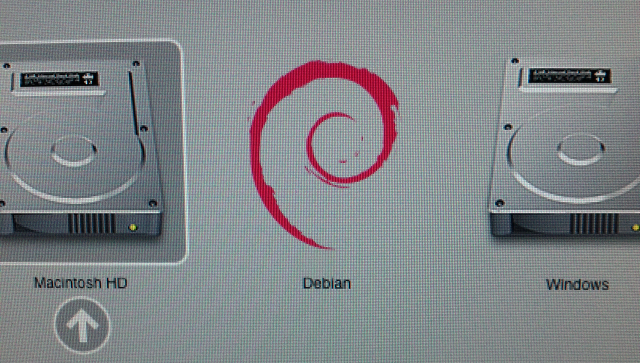 And the Startup disk preferences dialog under OSX, like this:
And the Startup disk preferences dialog under OSX, like this: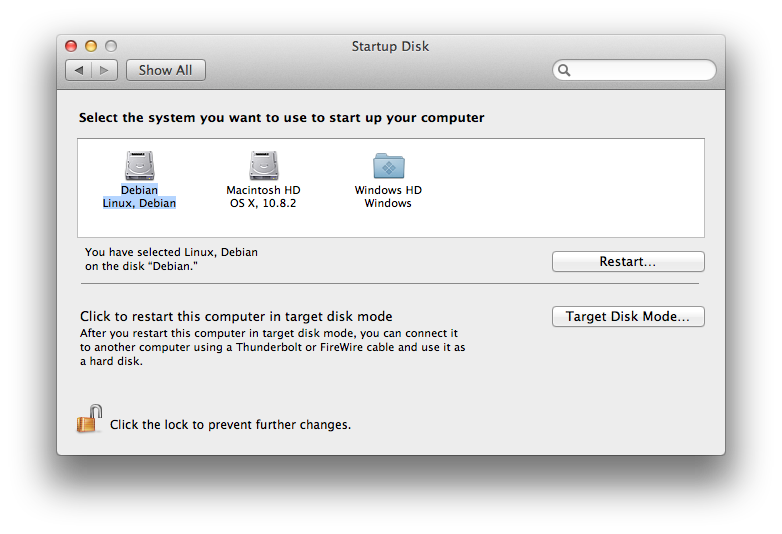


 After 6 months of development, we are proud to release the first release of
After 6 months of development, we are proud to release the first release of


 Pictured: myself debugging WebKit build issues.
Pictured: myself debugging WebKit build issues.
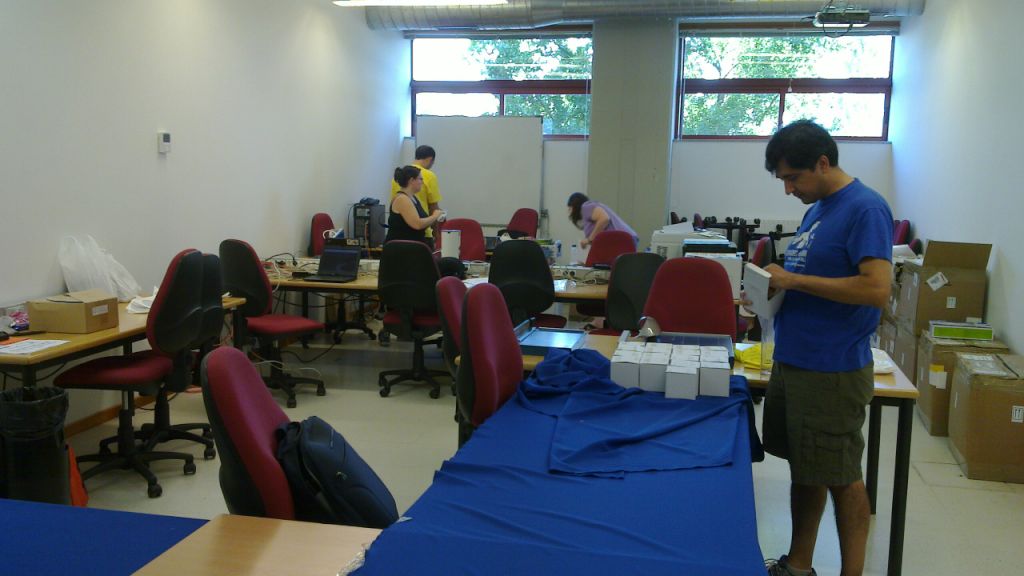

 The
The  Work to bring
Work to bring




 .
.

